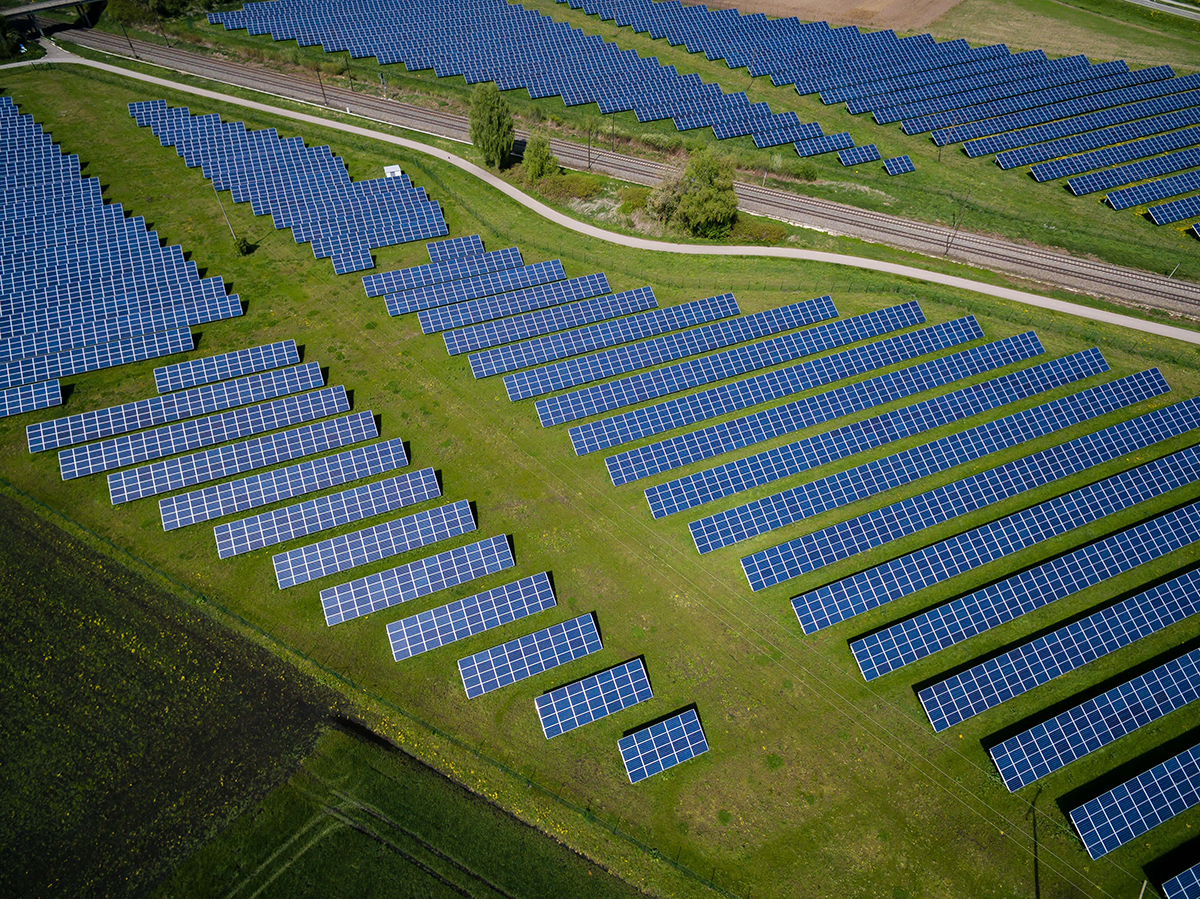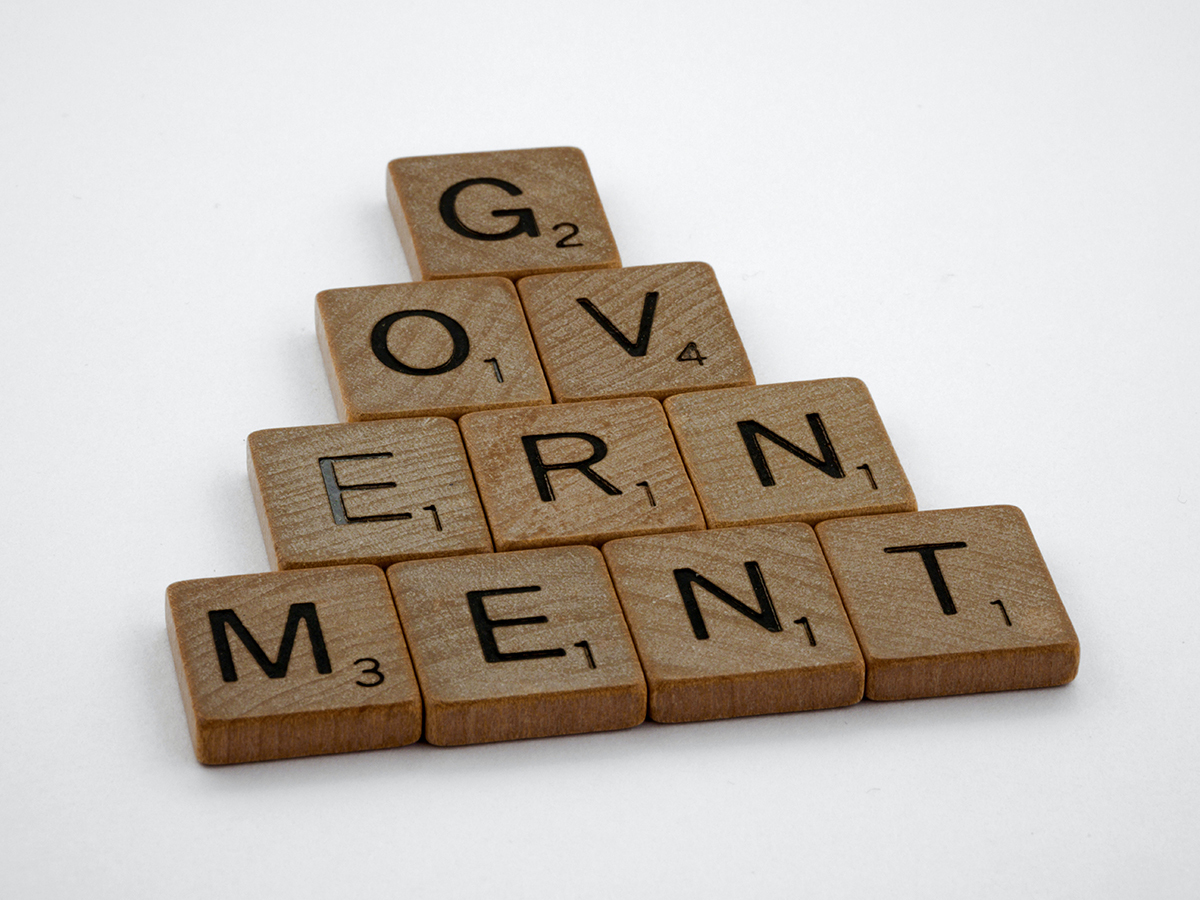 Client login
Client login
- Blog
- Contact Client login
650 NE Holladay Street,
The Liberty Centre, Suite 1500
Portland, OR 97232
Investment Trends 2022: Reinventing the World
Post-pandemic. Post-Trump. Post-lockdown. Post-election. What will the world look like in the aftermath of the last few years? People talk about the new normal, but what will that look like in 2022, and how will it impact investors? Each year, Arnerich Massena’s research team puts their collective heads together to envision what the future might hold, and which trends are likely to take shape. This year, we see reinvention as the overarching theme, leading to a vision of a “new normal” that could hardly be imagined just a few years ago.
Please note that these predictions are not investment recommendations, but an interesting journey into the potential landscape that could affect the future investment environment for everyone.
Reinventing money: The currency battlefield

We’ve come a long way from trading cowrie shells and salt (which is where the word “salary” is derived from – money used to buy salt). The functions of money are to serve as a medium of exchange and a store of value; money and currency have taken many forms throughout history, and it looks like we are on the cusp of witnessing another transformation.
Whether you think of them as currency, speculative investments, or a Ponzi scheme, it’s irrefutable that cryptocurrencies — and NFTs (non-fungible tokens) — are gaining in popularity and have been rapidly evolving to offer new features and ease of use. There is no doubt that globally, we are moving away from cash, and may even be shifting away from the U.S. “petrodollar” as the world’s primary reserve and trading currency. Central banks are exploring government-regulated digital currencies that will provide features of both the hard currency we know and the wild west of cryptos. In the meantime, governments have been busy updating regulations and tax rules to accommodate new digital currencies.
How all of this will play out is uncertain. Digital currencies open up new worlds in terms of how we use money; they facilitate easy trading but may be more volatile, they make possible negative interest rates that central banks can employ to stimulate the economy, and they may be programmed to track and manage individuals’ purchases to limit — for instance — carbon usage. Ultimately, we’ll likely see a shift in how we bank as well, moving to digital platforms rather than brick and mortar “banks,” as many financial services will be easily accessible without needing an intermediary.
In 2022 and beyond, we anticipate that currency will become a battleground, as the private, government, and central bank players vie for supremacy or at least wide usage and acceptance. The recent uptick in inflation could prove to be a boon for alternative currencies, as people search for alternative stores of value.
Reinventing investing: The rise of retail investing

It’s not just currency and banking that are getting an overhaul; the process of investing is evolving as well. Last year, we experienced a surge in speculative, “guerilla-style” investing with episodes like we saw with Gamestop, Dogecoin, and Hertz, in which social media drove short-term investment activity, in some cases in what appeared to be a coordinated fashion. With microinvesting platforms like Robinhood, we are likely to continue to see retail investing expand. Unfortunately, this may be a zero-sum game. While the media covers the successes of the rare retail investor who strikes it lucky, we don’t often hear about the millions on the other side of the ledger who suffer losses.
Investors are also gaining easier access to relatively complex investment instruments and strategies, and investors with little financial education and background are venturing into spaces like futures, derivatives, and short selling. We hope to see better education and communication to help investors understand exactly what they are investing in and the inherent risks. We anticipate short-term volatility will continue to make a periodic appearance in localized areas when famous figures with large followings (such as Elon Musk) generate social media-driven investment trends.
Reinventing energy: When aspirations meet actuality

The Biden Administration has promised to focus significant spending and efforts to move the United States toward using a greater proportion of renewable energy. Though we may have lofty aspirations when it comes to renewables, there are real challenges that need to be met along the way. A major shift in how we produce and use energy won’t happen overnight, and we are likely to see some complications as our ambitions meet with reality.
Underinvestment of traditional energy sources is likely to create higher energy prices in the short term, until we are able to build out bridge sources like nuclear and natural gas. We need to take into account the finite resources and materials that are needed as inputs to build renewable energy technology; having access to raw materials such as nickel, lithium, graphite, and cobalt will be crucial for building infrastructure, including solar panels, wind turbines, and electric batteries. Energy storage also remains a challenge when it comes to using power sources like wind and solar. And we should take into account the possibility of unintended consequences; for example, it would be wise to consider bird populations near wind farms, the maintenance of natural spaces as we build out large solar and wind farms, and recycling practices to prevent landfills from filling with decommissioned batteries and expired wind turbines.
As we look toward 2022, we hope we will see exploration and advancement in renewable energy technologies, but also the ongoing development of a practical path for reaching sustainable solutions. In the meantime, we may see higher costs of traditional energy along the way, adding to overall inflation.
Reinventing impact: Green is the new black

When we began researching sustainable investing in 2007, it was considered a fringe topic and we found our efforts to be ahead of the curve. But now, ESG (environmental, social, governance), SRI (socially responsible investing), and impact investing appear to have hit peak vogue. ESG is on the tongues of investors everywhere, and money managers are anxious to deliver on the increasing demand for sustainable investment opportunities. Unfortunately, in many cases, this has resulted in something that resembles “greenwashing,” a term meant to identify companies that made a show of sustainable practices without making any actual material changes. We are not suggesting that managers are engaging in deception but rather that, in an effort to accommodate investors’ desires, they are eager to put a label of ESG or impact onto funds whether or not any meaningful ESG research or reporting has been undertaken. The insider term “ESG by prospectus” describes this practice, whereby a manager may claim a fund qualifies as ESG by redefining an existing strategy based on extremely broad criteria.
As the Millennial generation takes the reins of wealth, we expect that demand will only increase for investments that are able to align with investors’ values and play a role in making the world a better place. And this will be a good thing. As demand for sustainable solutions grows, we will see an evolution in how we identify ESG criteria and how we measure and report impact; new systems will allow investors to drill down deeply into the details, providing better transparency and facilitating investors’ ability to determine the difference between ESG as a label and ESG as a reality.
Reinventing China: Not just another emerging market

China’s massive economy has become a dominant force on the world stage. But despite the size of its economy, it still has a relatively small market capitalization. Emerging markets funds are generally allocated broadly across emerging economy countries, and historically, China has been a relatively small position in a large basket of country holdings. But many emerging markets investors are beginning to look for ways to increase their China holdings to more substantial allocations proportionate to the size of its economy. For some investors, this means finding emerging markets funds that carve out a larger slice for Chinese investment; other investors are seeking out standalone China funds to add to their portfolios.
While China presents opportunities to participate in its remarkable growth trajectory, there are also risks to investing in a country with strong authoritarian control and unstable relations with other countries, including our own. Regardless, we anticipate new interest in Chinese investment, which so far China has mostly seemed to encourage.
Reinventing capitalism: Regulation versus the free market

A natural effect of free market economics is that as they evolve, economies of scale will result in larger market players gaining an advantage over smaller companies. Over time, the combination of barriers to entry and organized industry protections can prevent new market entrants and inhibit innovation. It gets more and more difficult for smaller players to compete; for example, who would be able to challenge Google (Alphabet) or Amazon? Market regulation may have the ability to slow or stop the rise of “too big to fail” companies, but in our current technological environment, large centralized organization has become critical to managing the scope of complexity in our society and industries. Google has no challengers because who else could do what Google does without massive investment and years of infrastructure development?
The pandemic only exacerbated the situation, making it difficult for small businesses to stay afloat, while larger companies were able to adapt and thrive, or in some cases were advantaged and benefited enormously. One significant outcome has been an increasing wealth gap and narrowing middle class. Because this is not a sustainable situation, we anticipate a growing call for government actions and regulations to help break up monopoly powers and level the playing field. But more regulation doesn’t always help the “little guy” — it can also put a greater burden on small businesses to pay the costs associated with compliance. The tension between the ideal of the free market and the reality of regulatory needs has always been in constant flux in the U.S. economy, and this may be a heightened source of conflict and challenge in the coming year.
At this time, we are seeing increases in government rules and policies, as the Biden administration has issued new regulations covering a variety of areas from fuel economy to medical billing, and continues looking at ways to increase taxes on wealth and corporations. One thing to keep in mind is that hyper-regulation often tends to be inflationary, so an increase in regulatory actions may contribute additional inflationary pressure.
Reinventing government: Who really governs?

When United States soldiers were sent into the Vietnam and Korean Wars, they were U.S. military trained and paid soldiers. But if you look at the soldiers from the Gulf War and Iraq War, you are likely to find many more private contractors to the U.S. government. The government has always contracted out to private businesses, but as the scale and scope of government has expanded, the need to farm out both work and funding to the private and non-profit sectors has greatly increased. We are now seeing some private companies and non-profit foundations that have budgets larger than the GDPs of nations, and that massive financial power delivers a fair amount of government influence as well.
Studies have suggested that lawmakers answer to lobbyists to a greater degree than to voter concerns and desires. In this environment, the tasks of governing are now really spread across a web of entities, consisting of the three traditional branches of government, but also extending to include public agencies, NGOs (non-governmental organizations), corporate interest organizations, and private contractors.
At the same time, the world is becoming ever more interdependent; with multi-national corporations and supply chains that stretch around the globe, the lines between nations are becoming blurred, and supra-national organizations — whether multi-national corporations, non-profit foundations, or global agencies — are filling in the gaps where national governments cannot stretch. There is a call for more united governance — whether through partnerships like the United Nations and European Union or agencies like the World Health Organization — in order to address global challenges like climate change and pandemics, and to expand global infrastructure in industries like technology, healthcare, and communications. A global minimum corporate tax now appears likely. The nationalism and populism of five years ago seems to have ceded to widespread multilateralism.
U.S. investors used to see the world in terms of domestic and international investments, but that outlook has shifted to a more global perspective. We anticipate that the shift to broad global diversification, which began more than a decade ago, will accelerate. This trend will also affect impact-driven investors — while some are focused on local and regional challenges, look for private capital-driven solutions meant to address widespread, global issues.
Reinventing reality: The Metaverse and your cyber-persona

The internet brought us the ability to communicate across the globe regardless of distance, and then video conferencing platforms made it possible to connect remotely in real time. Now, with the advent of virtual reality spaces like Facebook’s Metaverse, we are experiencing a sea change in how we interact and function as a society. We will probably never return to the “old normal” as we adapt to remote work environments and accomplish more of our day-to-day activities online. Even visits with friends and family are beginning to take place more frequently in virtual spaces.
As cloud infrastructure expands and our online personas become ever more important to our daily functioning, cybersecurity is taking prominence among our list of anxieties. We are developing a keen awareness of the dangers of hacking, phishing, identity theft, and cyber-attacks. The use of biometric data as a security measure will play an increasingly important role in improving cybersecurity, and it’s possible that it will become more difficult — if not impossible — to operate anonymously online. Your online avatar may at some point be tied to your biometric data, which will serve as the key to access your various accounts and activities.
Because the digital spaces we occupy are managed by governments and corporations, this shift affords a greater opportunity to manage and shape consumer behavior, and efforts are already underway to nudge people into changing their consumption habits to reduce their carbon footprint. Mastercard’s Doconomy card is an early experiment in this type of consumer scoring, as it assigns point values to purchases based on their CO2 emissions, and limits users’ spending when they reach a certain level of consumption; the goal is to drive consumers to more sustainable choices. With the advent of digital currency and biometric ID, we will likely see continuing efforts to influence — and even control — consumer trends.
The New Normal is not just new, but a reinvention of the world as we know it. The remarkable speed of technological advance, the impact of the pandemic, economic crises that span the globe, social upheaval, and political division have all played a role in reshaping the form of our daily lives and activities. The gap between generations has always been wide, but these profound changes mean that there is now a significant chasm between the ways the Boomer and Generation X view the world relative to Millennials, Generation Z, and especially those who are children right now. Attitudes and habits around work, leisure, consumption, and investing are changing rapidly.
As investors, our job is to look toward the future to understand where capital will have the most potential for growth and impact. This year, we’ll be focusing on ways to counter the effects of inflation, on opportunities to take part in the growth from infrastructure and renewable energy development, and continued prospects in the areas of “what the world needs”: water, food/agriculture, healthcare and life sciences, and energy. We look forward to seeing you in 2022!